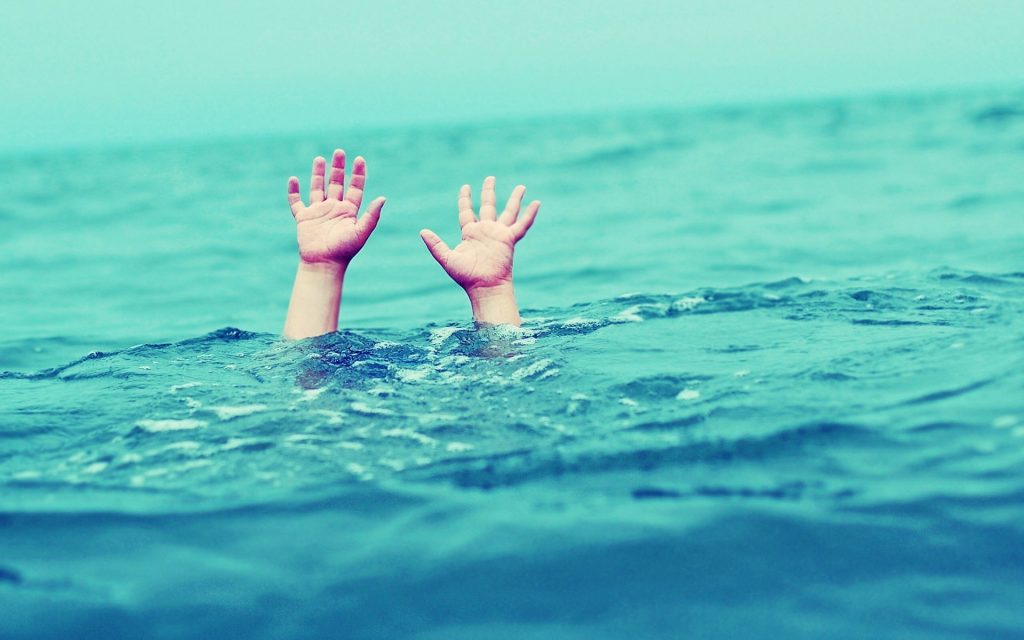Did you know that drowning is the leading cause of death, outside of congenital health problems, in children under the age of five? Unfortunately, the vast majority of these tragedies could be prevented if basic precautions are taken when children are near or in the water. Let’s take a look at the leading causes of childhood drowning in order to identify risks and take appropriate action to eliminate them.
Can’t Swim
The vast majority of children drown because they don’t know how to swim or how to react if they accidentally fall into the water. This is why it’s so important to get kids familiar with being in the water while they are as young as possible. While it’s not uncommon for kids to learn how to swim once they start going to school, consider giving babies and toddlers lessons too. Most little ones develop a love for the water, but even if they don’t, they’ll still learn to some basic moves that can keep them briefly-afloat in an emergency. Even if they are only able to swim on their own for less than a minute, that may be more than enough time for them to get out of danger and prevent a tragedy from occurring.
Lack of Supervision
The second leading cause of drowning can be linked directly to a lack of supervision. It’s important to distinguish between attentiveness and supervision, because many drownings happen when adults or older children are present. Remember that it only takes a second for a child to encounter trouble in the water, and many of those situations occur when people look away or get distracted for a brief moment. Always watch children like a hawk, and take them out of the water when distractions come your way.
Lack of Barriers
The third cause of drowning deaths stems from children who have free access to water because there are no protective barriers in place. Barriers are simple things, such as locked doors or gates in fences around pools. Unfortunately, children drown every year simply because they walked out the back door unnoticed and went into the pool. Others have drowned in bathtubs because doors weren’t closed when parents went out of the room for a couple of minutes. Barriers save lives, but they need to be used in order to work. Make sure that you have some kind of barrier in place, and that it is always secure when children are around.
Not Wearing Life Jacket
It’s important that children are protected by flotation devices that are appropriate for their skill level and size. Flotation devices that are too small may not be able to support their weight whereas ones that are too large may fall off. As a general rule of thumb, it’s a good idea to make all small children wear a life jacket or floatie, even if they can swim just fine without them. This reduces risk and gives them something to fall back on if they get into trouble.
Accidental drowning kills more than 3500 children every year, and thousands more are hospitalized after encountering unforeseen problems in the water. Sadly, most of them can be attributed to a lack of vigilance, failing to take basic precautions or periods of brief inattentiveness. To make matters even more heart-wrenching, these are usually the result of inadvertent mistakes made by good and loving people who mean no harm.
Always remember that while most accidental drownings are completely-preventable, it’s up to us to make sure that we are vigilant when it comes to water safety.
